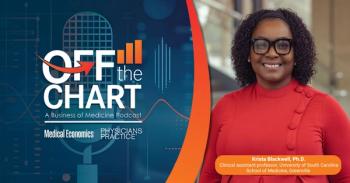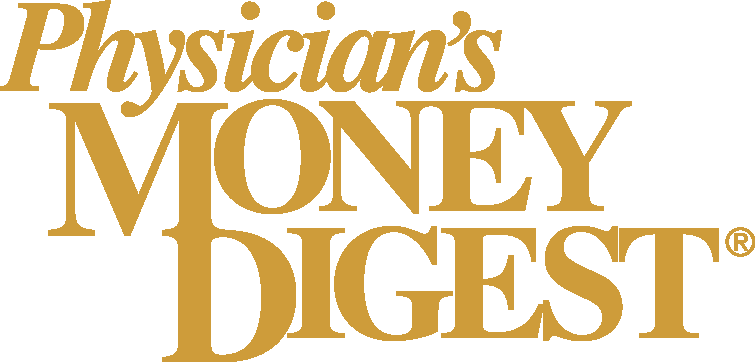
Succeeding in value-based payment: Beyond face-to-face visits
Joshua M. Liao discusses how primary care practices can adapt to models that reward care delivered outside traditional office visits.
In an interview with Medical Economics following the
“It is a false kindness that suggests that extra strategies do not create extra effort and therefore potentially burden,” said Liao, professor of medicine and public health with tenure, Walter Family Distinguished Chair in internal medicine, director and principal scholar, program on policy evaluation and learning at the University of Texas Southwestern Medical Center. “We just need to acknowledge that every effort requires some type of energy or investment.”
He offered two practical approaches. First, practices should maximize the value of in-office time — particularly during
Second, practices can leverage existing reimbursement tools like chronic care management (CCM) and principal care management (PCM) codes. “Historically, all of that stuff went unreimbursed,” he said. “But now with these codes, you can actually be reimbursed… It’s like a monthly thing where you call a patient, you work on a care plan, and you check in on their conditions.”
Newsletter
Stay informed and empowered with Medical Economics enewsletter, delivering expert insights, financial strategies, practice management tips and technology trends — tailored for today’s physicians.
















